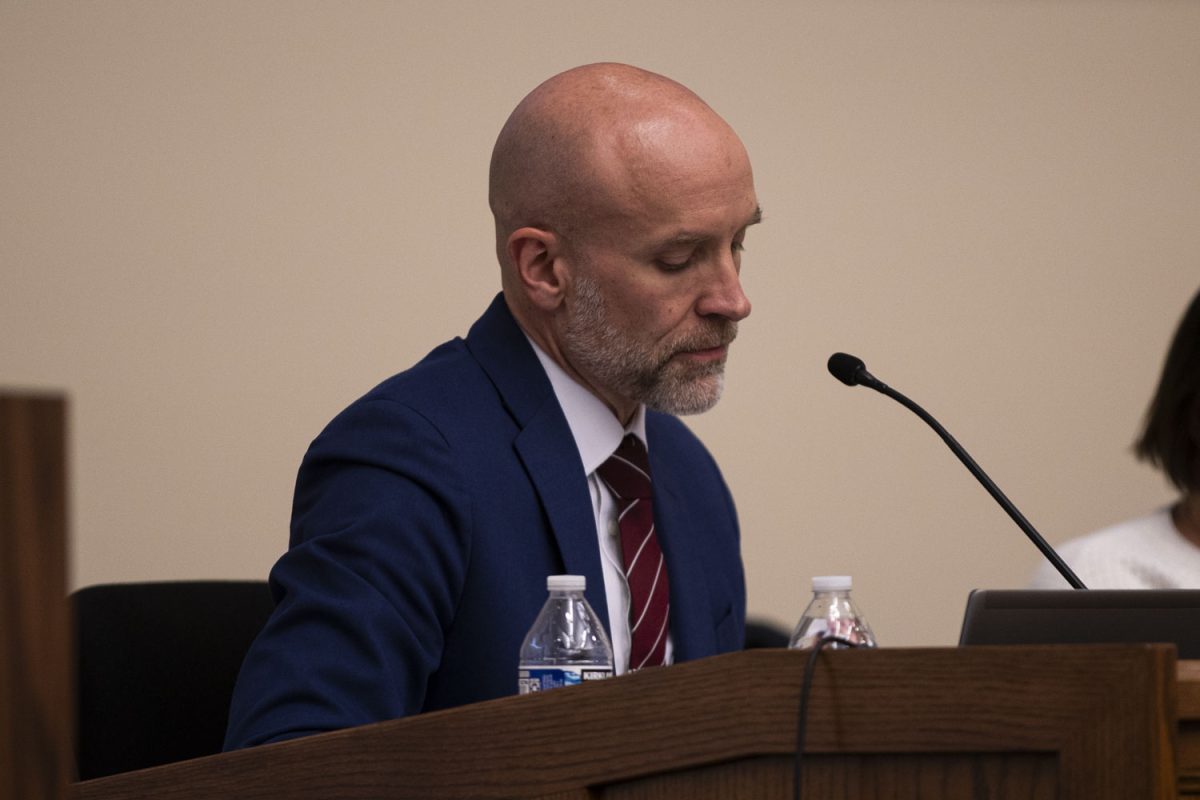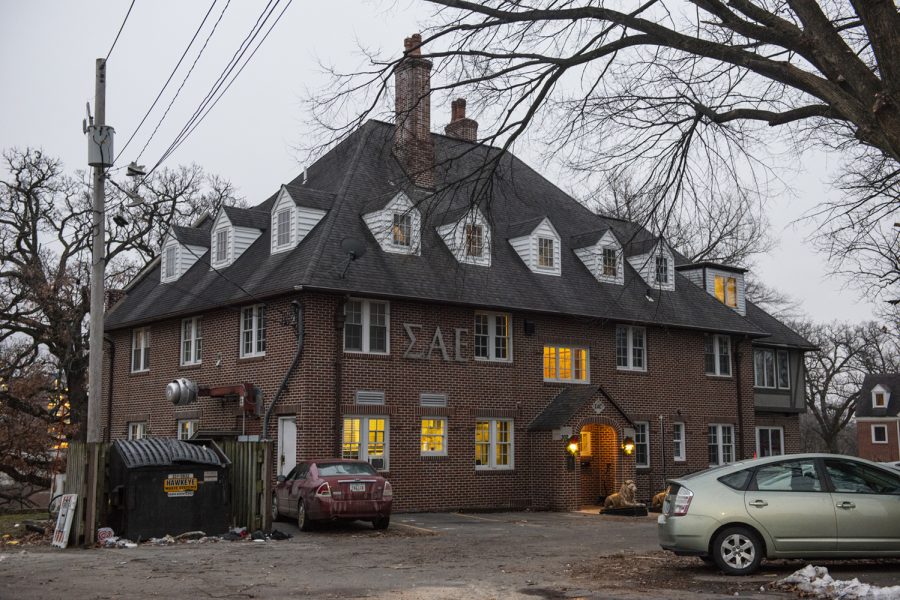Radon, a colorless and odorless gas, seeps into more than 70 percent of the basements in Iowa.
According to the Environmental Protection Agency, radon kills roughly 21,000 people every year.
“It is minimized in the public eye because there is no one to blame,” said UI Professor Bill Field of the College of Public Health. “If someone put a dirty bomb in our houses and killed 21,000 people, there would be a public outcry.”
Field began studying radon in 1979, when the nuclear accident at Three Mile Island occurred 4 miles from his home.
He is working on compiling data on radon levels in homes in both North America and Europe, which should be published in 2010 and will help researchers further understand links between radon and cancer.
“When the radon decays, it creates small solid particles that people inhale,” Field said. “In the lungs, the particles continue to decay, giving off small bursts of energy that damage the sensitive tissue and can cause cancer.”
Field conducted many radon-related research projects, including one involving Sarah Manley, who owns Breathe Easy Radon Testing.
After learning about high levels of radon in her home, Manley and her husband were spurred into action. In 2006, her husband added a radon mitigation element to his construction company and a couple of years ago, she began her testing business.
“I felt like I could help save lives if I could help people find out if they have this silent killer in their house,” she said.
Testing services such as those provided by Manley are now a common elements in real estate.
“Almost every transaction that I do, the buyers have required a radon test,” said Tracy Barkalow, broker and owner of Barkalow and Associates Realtors. “We strongly recommend it because of the cost involved in installing the systems and because of safety issues.”
Although Iowa City building codes that went into effect in 2002 require new construction to include radon-control measures, many older residences lack mitigation systems, said Loren Brumm, an Iowa City building inspector.
Manely said 80 percent of the last 50 homes she tested required mitigation because of the high levels of radon.
Although mitigation systems, which cost about $900 to $1,500, may sound daunting, the system is generally composed of a 4-inch PVC pipe that runs through the basement floor to the roof, Field said. A fan sucks radon-contaminated air from under the house and deposits it in the air above the house.
At the UI, radon tests are fairly uncommon.
“We mostly just test tenant properties,” said Steve Henneberry, an engineer in environmental services for UI Planning, Design & Construction. “It is something we just started doing about a year ago.”
He said he doesn’t think it would be a bad idea to take some radon samplings around campus, but finding funding could be difficult, and it might not be necessary.
“Radon accumulates in the lowest levels of a building where there is little air movement,” he said. “Bigger commercial buildings have forced air flow, so it is generally less of a problem. But it is not a hard and fast rule.”






